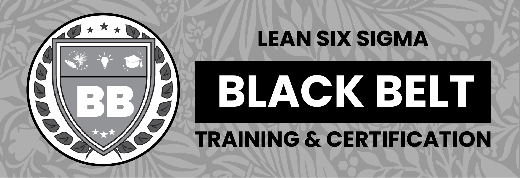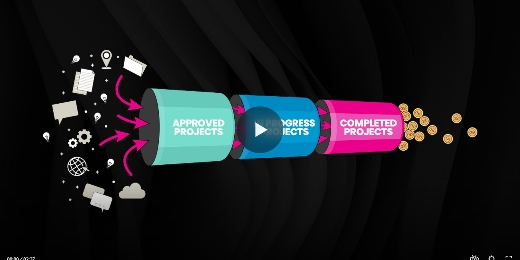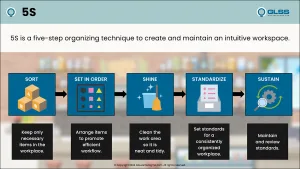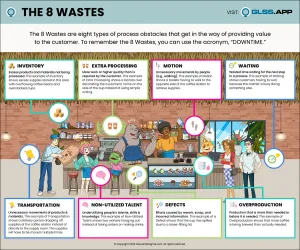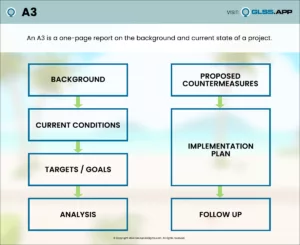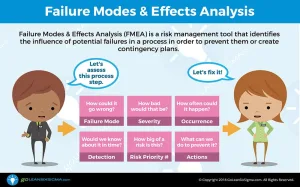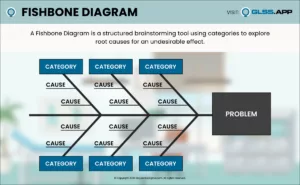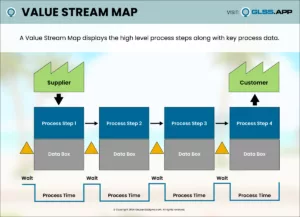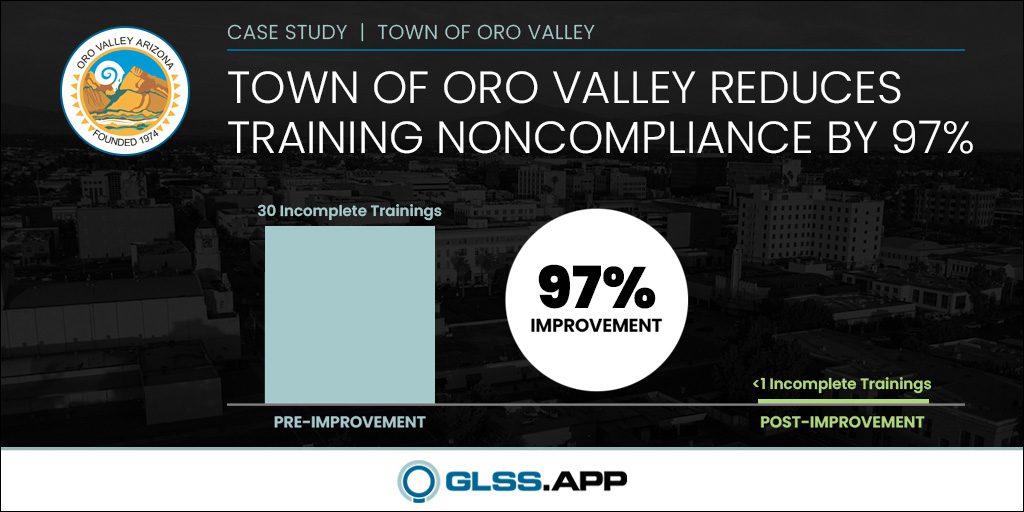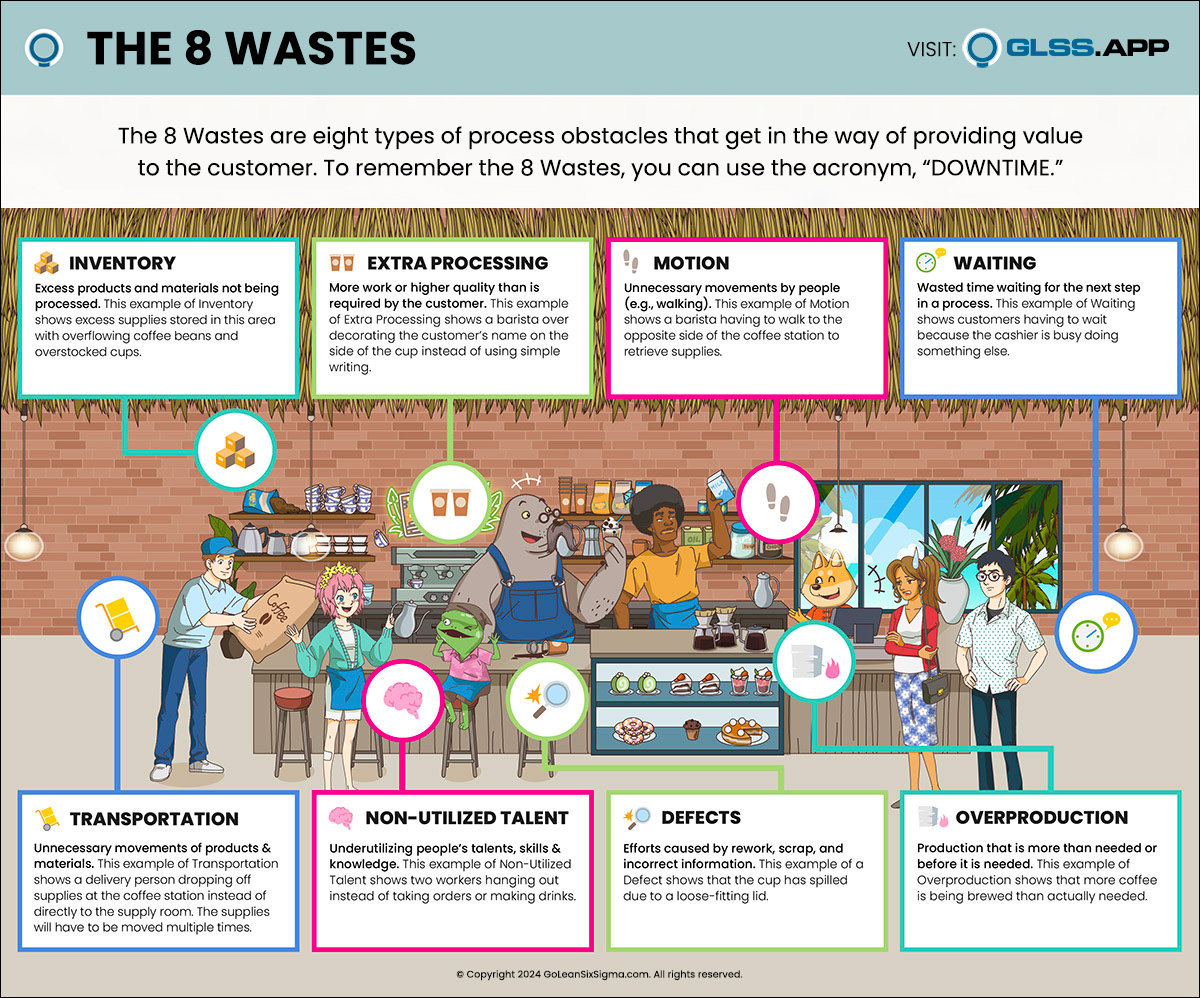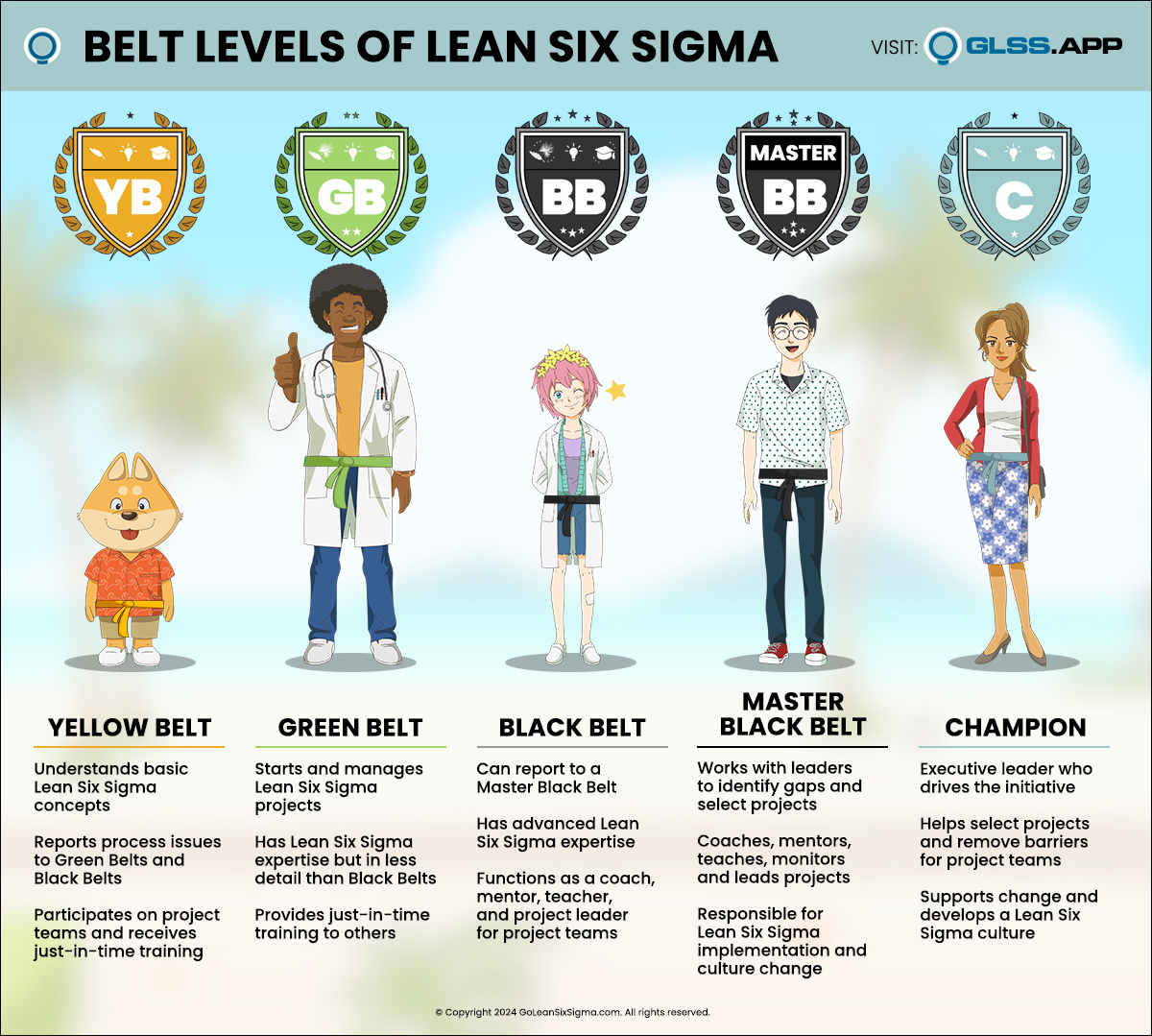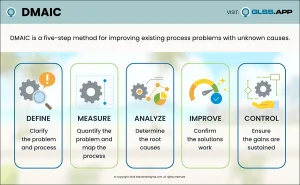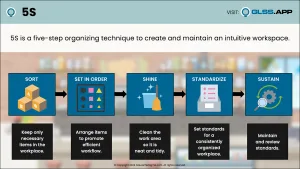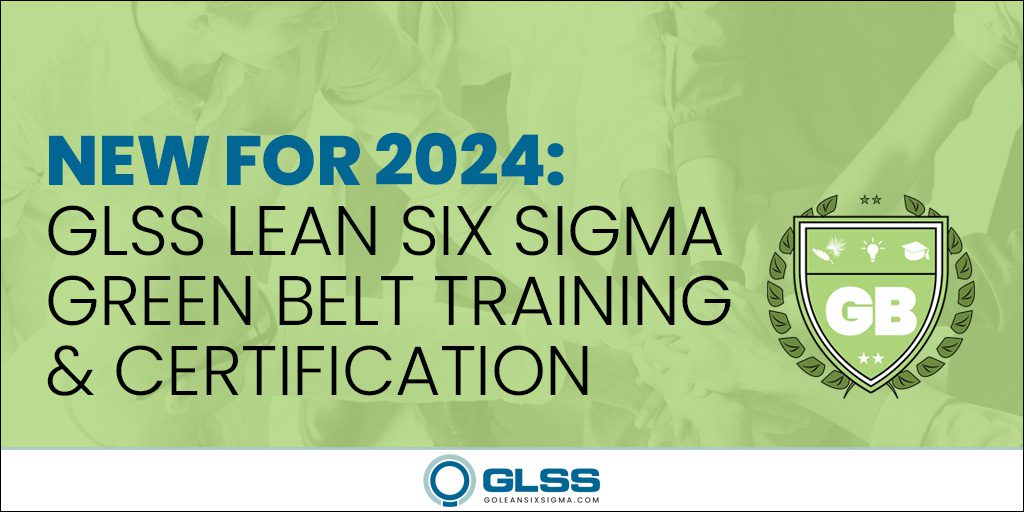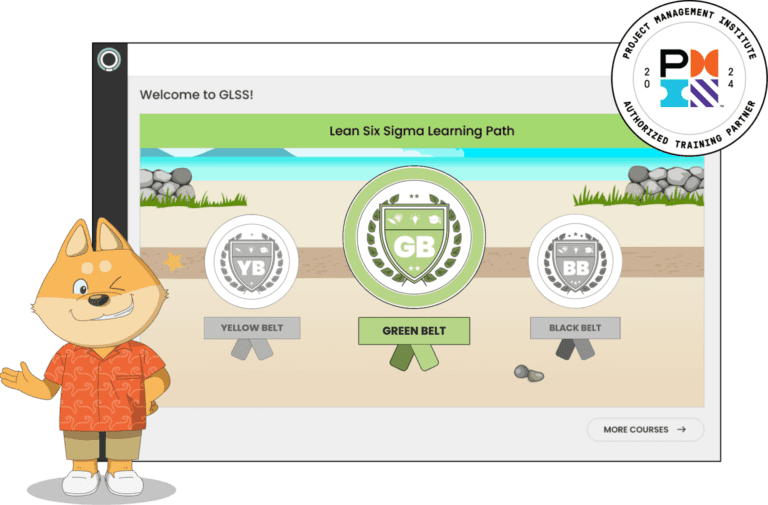

There are numerous benefits to completing Lean Six Sigma Online Training. Whether you decide to complete the training online, on-site or using a blended approach (a mix of online and on-site), the basic framework of the training is generally the same between the available providers. It’s important to note however, that this doesn’t mean all training is equal – engaging, lively, effective and reliable courses from trustworthy training providers are very rare, but not difficult to find.
Introduction to Lean Six Sigma and Overview
Lean Six Sigma Training typically begins with an introduction to the origin of process improvement concepts. This includes explaining where Lean came from, where Six Sigma came from, and how the two eventually became a powerful combination that organizations today use to increase profits, reduce costs and improve collaboration. Following this comes a high level overview of the basic concepts of Lean Six Sigma and how the concepts and tools can be used practically and effectively everyday – without being intimidating or complex.
How To Select a Lean Six Sigma Project
The next step in the training process is to learn how to select the appropriate Lean Six Sigma project to ensure maximum ROI (return on investment). Determining which projects are good and bad candidates can boost or stall your future Lean Six Sigma process improvement initiatives, so be sure to choose a project that is worthwhile. Your instructor may be available as a coach and a guide after your training is complete, so ask as many questions as you can before, during and after the training to ensure you get the most out of your efforts.
Lean Concepts
Lean is about removing waste, and the next step in the training process will provide a basic understanding of:
- What waste is
- How to identify it
- and how to reduce or remove it
Lean’s benefits are greater when combined with Six Six Sigma – which is why Lean Six Sigma is such a popular, effective methodology for process improvement. The basic concepts that will be learned are:
- Value: Determine what steps are required (are of “Value”) to the customer
- Flow: Remove Waste in the system to optimize the process to achieve a smoother pace
- Pull: Ensure the process responds to customer demand (“Pull” = want)
- Perfection: Continuously pursue “Perfection” within the process.
DMAIC – Define, Measure, Analyze, Improve, Control
The majority of the training will come after learning about Lean. The DMAIC process (pronounced “duh-may-ik”) is the methodology that is used in Lean Six Sigma to solve problems efficiently and effectively. It consists of five basic phases: Define, Measure, Analyze, Improve and Control.
DMAIC enables you and your team to find the root cause of the problem in a streamlined way – essentially saving you time, money and energy which would otherwise be spent trying to fix problems without the required information.
The basic idea behind each phase in the DMAIC process you’ll learn in detail during Lean Six Sigma training are:
- Define: Define the problem and what is required to satisfy your customer.
- Measure: Map the current process to collect data.
- Analyze: Investigate and identify what causes the problem.
- Improve: Implement a fix that will solve the problem.
- Control: Sustain the improved results.
Check out this helpful infographic that gives a visual overview of this process which can be used as a quick reference guide during the training or after the training.
Great Lean Six Sigma Training Encourages Continuous Improvement
After your training is complete, you may want to pursue becoming Green Belt or Black Belt certified. This has numerous advantages, but it’s important to remember that for long term personal development (along with organizational development), continuing to improve processes using Lean Six Sigma is key to building your resume and conveying to employers and your industry that you’re not only certified, but capable.
Delivering measurable results is the real goal and benefit of completing Online Lean Six Sigma Training, not just the receiving the title of Lean Six Sigma Green Belt or Black Belt. Great training encourages this by helping you understand the root of its techniques – boiling down the complex tools and concepts to fundamental, common sense ideas that you can use at work, as well as at home.





